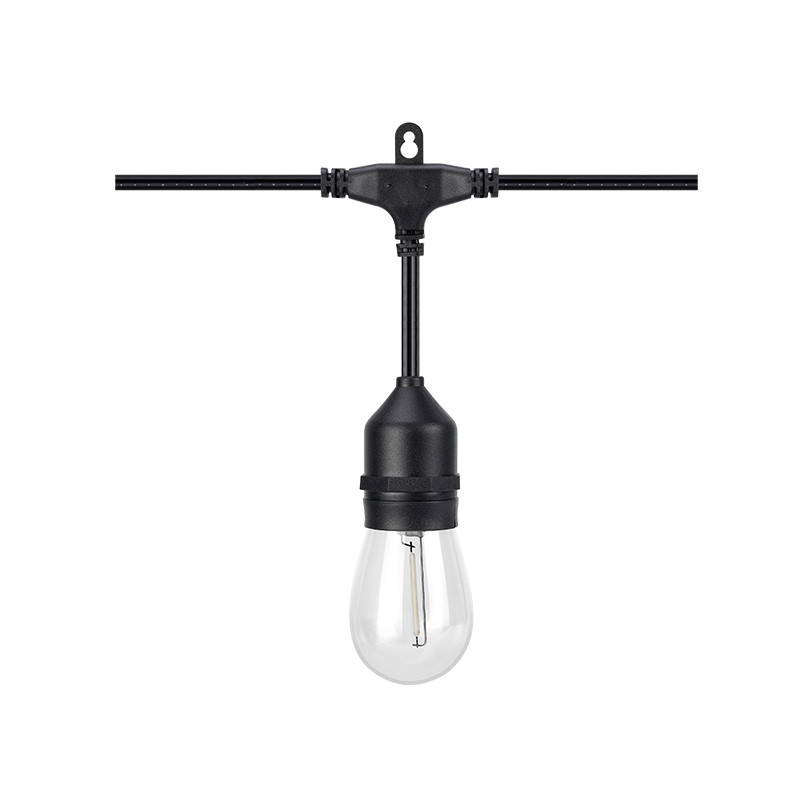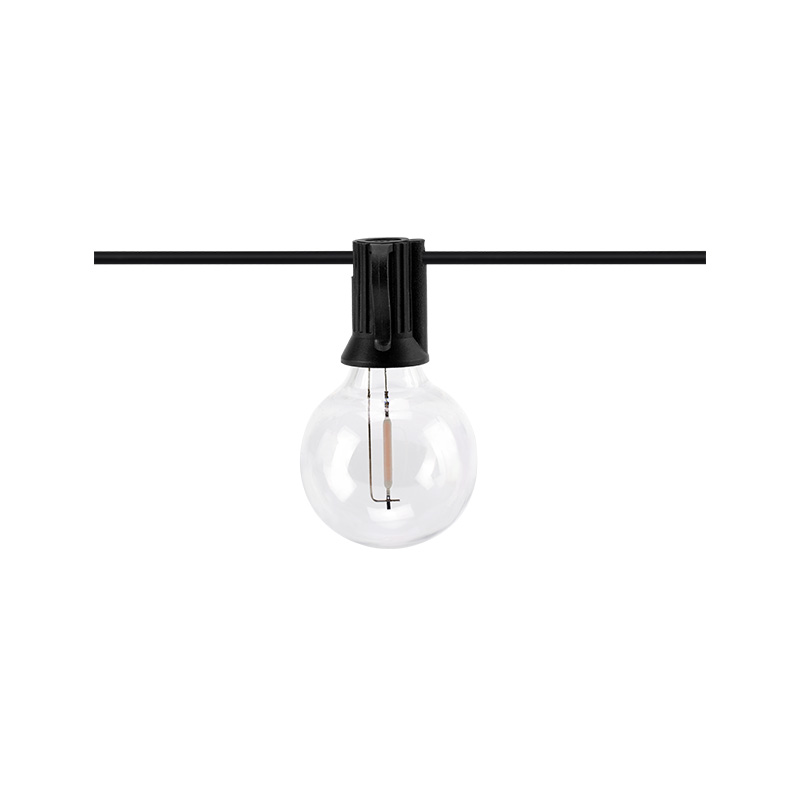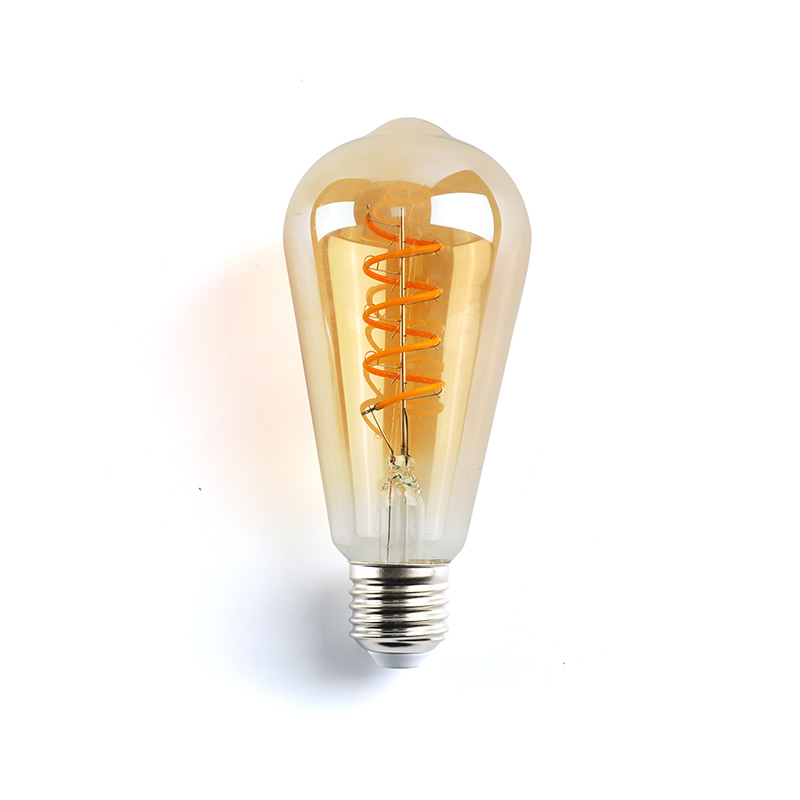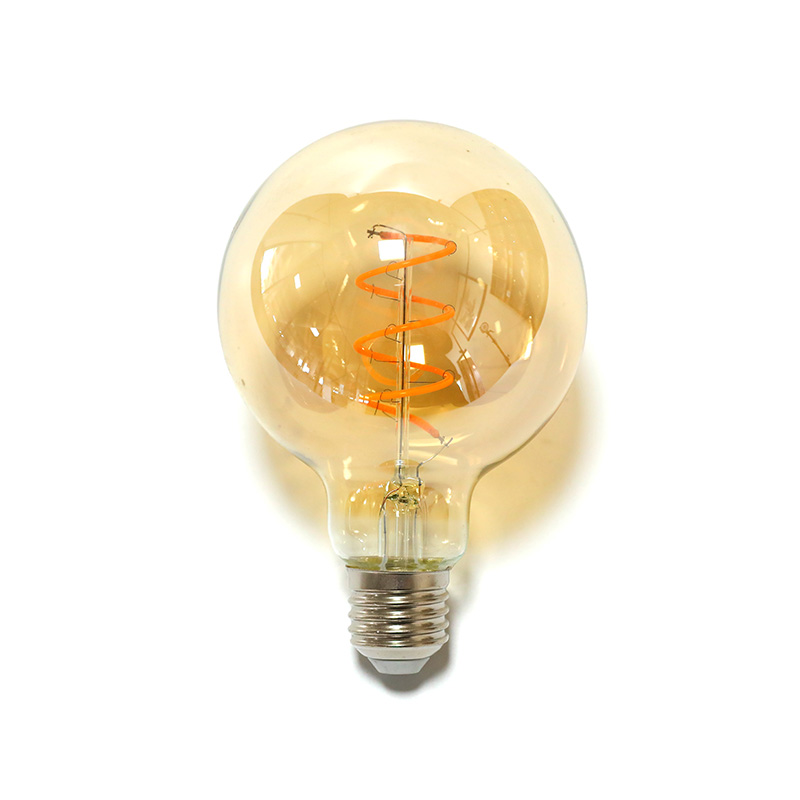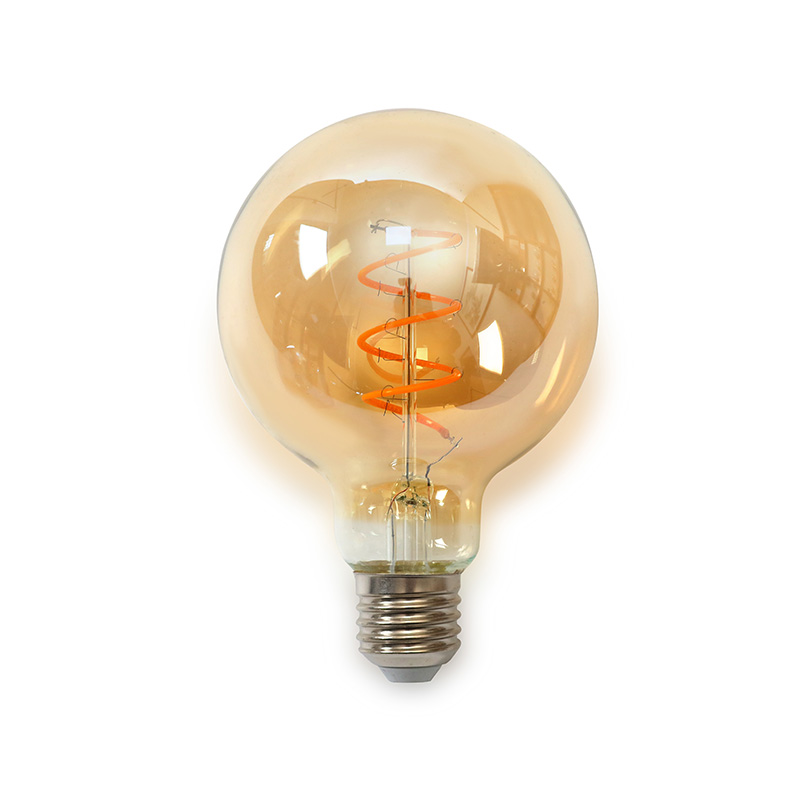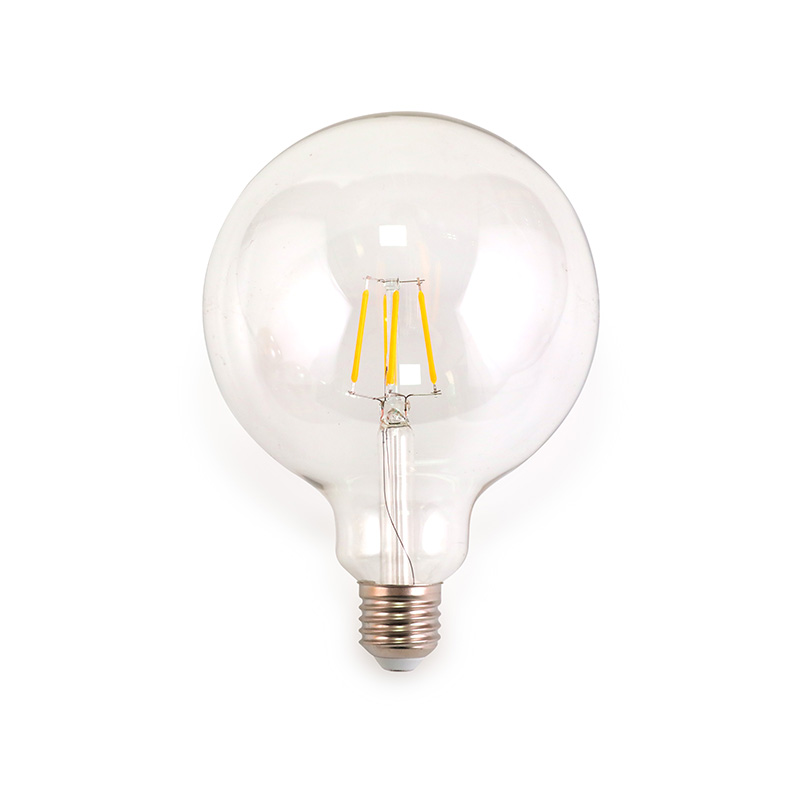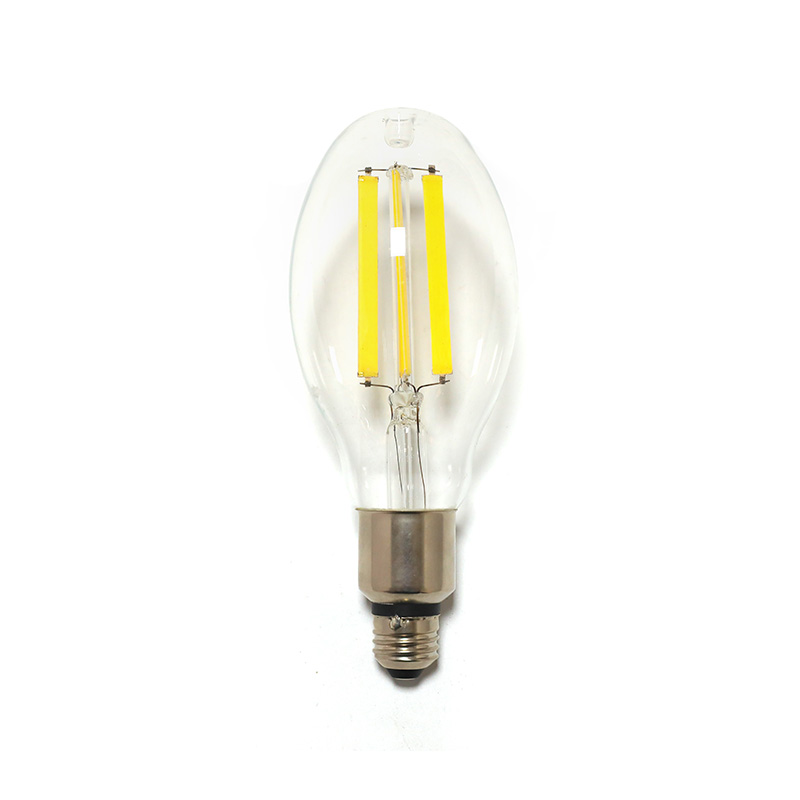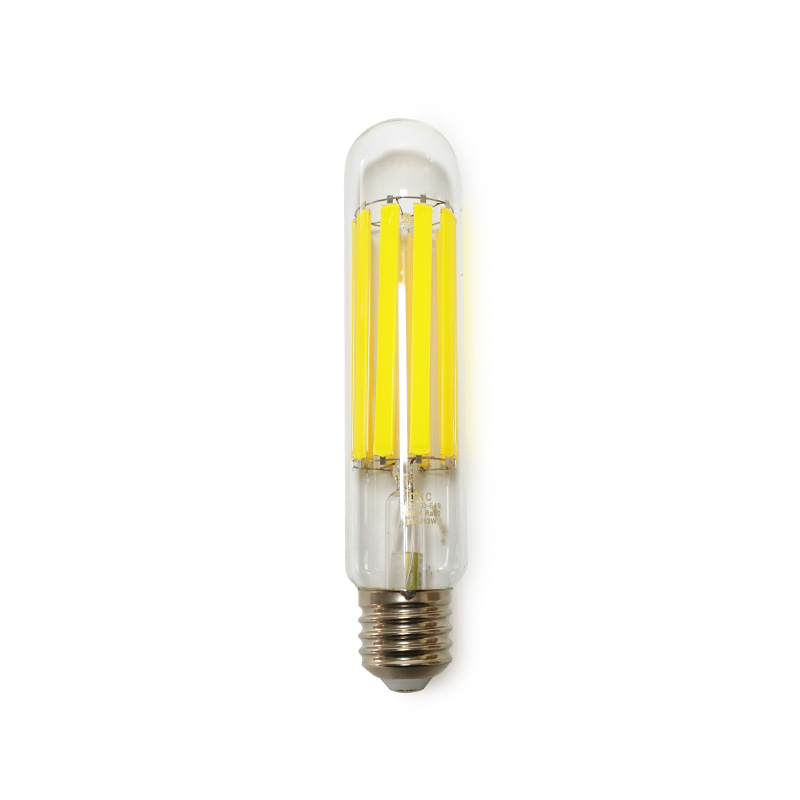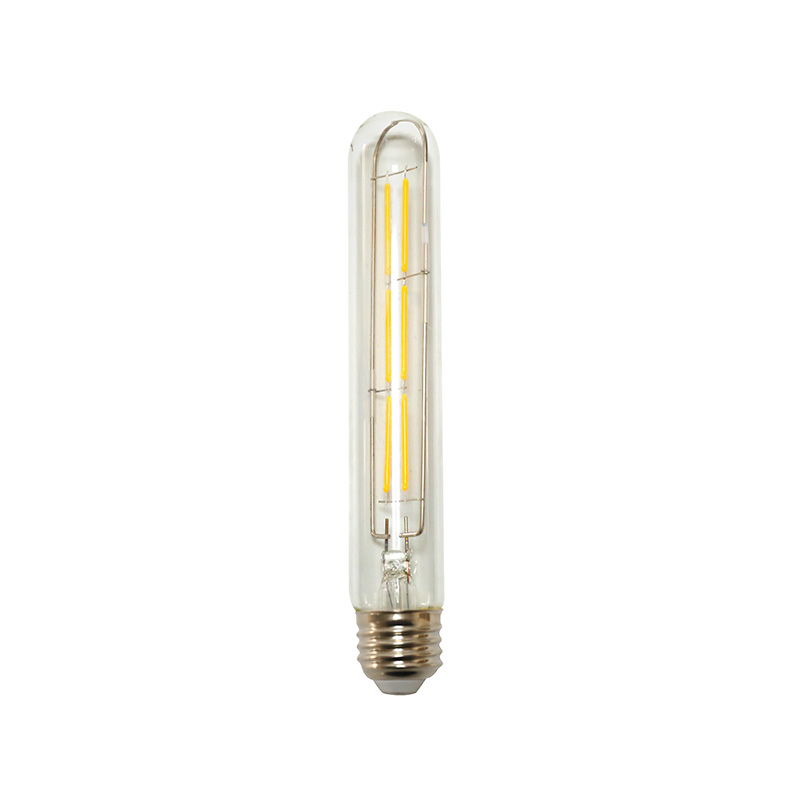Antique lamp bulbs are not just sources of light; they are pieces of history, carrying with them the charm and elegance of bygone eras. These bulbs have witnessed the evolution of lighting technology, from the early days of incandescent bulbs to the more modern LED replicas that mimic their classic designs.
A Brief History of Antique Lamp Bulbs
The Birth of the Incandescent Bulb
The incandescent bulb, the forerunner of many antique lamp bulbs, was a revolutionary invention. Thomas Edison, in 1879, developed a practical incandescent light bulb that could provide long - lasting, stable light. This invention was a game - changer, replacing gas and oil lamps, which were messy and less efficient. The early incandescent bulbs had simple filaments, often made of carbon, which glowed when an electric current passed through them.
Evolution Over the Years
As time went on, the design of incandescent bulbs evolved. Different shapes, sizes, and filament styles emerged. In the Victorian era (1837 - 1901), bulbs were not only functional but also became decorative elements. The use of high - quality materials and intricate designs was common. For example, bulbs with ornate glass casings and unique filament arrangements were created to match the elaborate decor of the time.
The Rise of Different Styles
Edison Style Bulbs: These bulbs are named after Thomas Edison and are some of the most iconic antique - style bulbs. They often feature exposed filaments in classic patterns such as the long hairpin arch, the corkscrew spiral, and the squirrel cage design. Edison bulbs typically have a clear glass casing, allowing the beauty of the filament to be on full display.
Marconi Style Bulbs: Named after Guglielmo Marconi, these bulbs have a distinct shape and design. They are often characterized by a tubular or cylindrical glass body and a specific filament configuration that gives them a unique look. Marconi bulbs were popular in certain applications, especially in the early days of radio and electrical equipment, and their style has been replicated in antique - style lighting fixtures.
Types of Antique Lamp Bulbs
Incandescent Antique Bulbs
A - Series Bulbs (e.g., A19): The A - series bulbs are one of the most common types. The number following the "A" (such as 19) indicates the diameter of the bulb in eighths of an inch. A19 bulbs, for example, are about 2.375 inches in diameter. These bulbs come in various wattages and filament styles, including quad - loop filaments, which were popular in the past. They offer a warm, inviting glow that is characteristic of incandescent lighting.
Globe - Shaped Bulbs (e.g., G25, G40): Globe - shaped bulbs are known for their spherical glass bodies. The G25 has a smaller diameter, while the G40 is larger. These bulbs are often used in pendant lights, chandeliers, and other fixtures where the bulb is visible. They can have different filament styles, such as squirrel cage filaments, which add to their vintage charm. The warm, diffused light they emit creates a cozy atmosphere.
Tubular Bulbs (e.g., T9, T14): Tubular bulbs have a long, cylindrical shape. The "T" followed by a number indicates the diameter of the bulb in eighths of an inch. T9 bulbs are about 1.125 inches in diameter, and T14 bulbs are 1.75 inches in diameter. They are often used in applications where a more linear light source is desired, such as in some table lamps or industrial - style fixtures. Their long, slender shape and unique filament styles, like the hairpin filament in some T9 bulbs, make them stand out.
LED Antique - Style Bulbs
Energy - Efficient Replicas: In recent years, LED technology has advanced to the point where it can replicate the look of traditional incandescent antique bulbs. LED antique - style bulbs offer several advantages over their incandescent counterparts. They are much more energy - efficient, consuming significantly less power while still providing a similar warm - white light. For example, a 4W LED bulb can often provide the same amount of light as a 40W incandescent bulb.
Long - Lasting and Cool - to - the - Touch: LED bulbs also have a much longer lifespan, often lasting up to 25,000 hours or more, compared to the relatively short lifespan of incandescent bulbs, which may only last 1,000 - 2,000 hours. Additionally, LED bulbs produce very little heat, making them safer to use and reducing the risk of fire. They come in a variety of filament styles, including curved loop filaments and spiral filaments, that closely mimic the appearance of incandescent filaments.
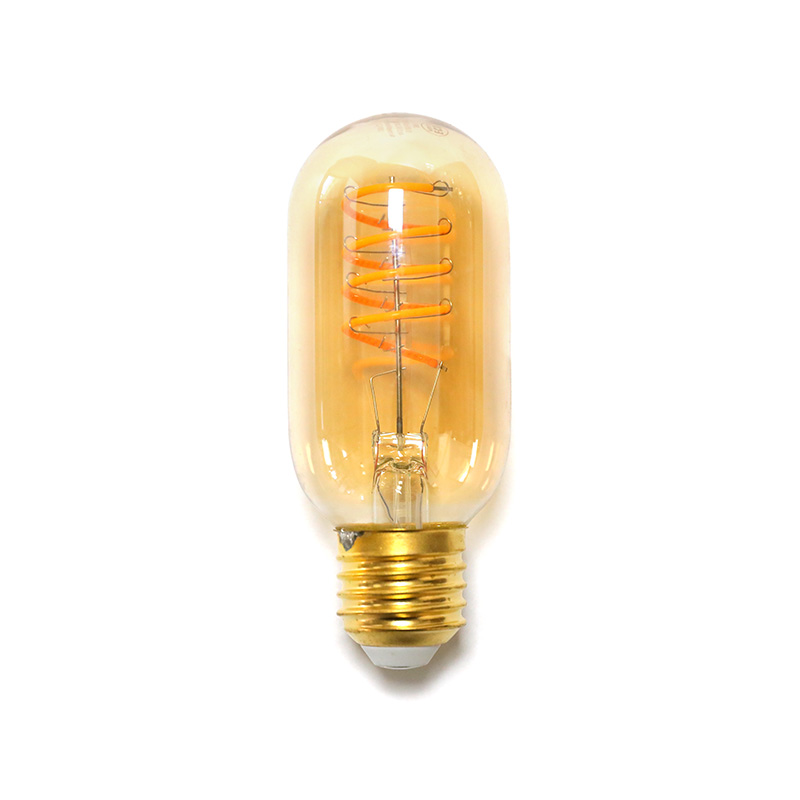
Characteristics of Antique Lamp Bulbs
Warm and Inviting Glow
One of the most appealing characteristics of antique lamp bulbs, whether incandescent or LED replicas, is the warm, inviting glow they produce. The light is often a soft, yellowish - white color, similar to the light of a traditional incandescent bulb. This warm glow creates a cozy and comfortable atmosphere in any room, making it perfect for creating a relaxing environment in living rooms, bedrooms, or dining areas.
Visible Filaments
The exposed filaments in antique lamp bulbs are not only functional but also add to their aesthetic appeal. The unique patterns of the filaments, such as the spiral, hairpin, or squirrel cage designs, create an interesting visual element. When the bulb is lit, the filaments glow, casting shadows and adding depth to the overall lighting effect. This makes antique - style bulbs a focal point in any lighting fixture where they are used.
Durability (in the Case of LED Versions)
As mentioned earlier, LED antique - style bulbs are known for their durability. Their long lifespan means that they do not need to be replaced as frequently as incandescent bulbs. This makes them a cost - effective choice in the long run, especially for those who want to maintain the antique - style lighting in their homes or commercial spaces without the hassle of constantly changing bulbs.
Applications of Antique Lamp Bulbs
Home Decor
Living Rooms: In living rooms, antique lamp bulbs can be used in table lamps, floor lamps, or pendant lights. A table lamp with an Edison - style bulb can be placed on a side table, providing a warm, ambient light for reading or relaxing. Pendant lights with globe - shaped antique bulbs can be hung over a coffee table, creating a focal point and adding a touch of vintage charm to the room.
Bedrooms: In bedrooms, the warm glow of antique lamp bulbs can create a soothing and relaxing atmosphere. A bedside lamp with a soft - glowing antique bulb can be used for reading before sleep. Chandeliers with antique - style bulbs can also be installed to add a touch of elegance and create a more romantic ambiance.
Dining Rooms: Antique lamp bulbs are ideal for dining rooms. A chandelier with A - series or globe - shaped antique bulbs can be hung over the dining table, providing a warm, inviting light for family meals and dinner parties. The visible filaments of the bulbs add a unique visual element, enhancing the overall dining experience.
Commercial Spaces
Restaurants and Cafes: Many restaurants and cafes use antique lamp bulbs to create a cozy and inviting atmosphere for their customers. Edison - style bulbs in pendant lights or wall sconces can give a rustic or industrial - style look, which is popular in many modern dining establishments. The warm light also makes food look more appealing.
Bars and Clubs: Antique lamp bulbs can be used to create a unique and stylish lighting scheme in bars and clubs. Tubular or globe - shaped bulbs can be used in creative lighting fixtures to add a touch of vintage charm. The warm glow can also help to create a more relaxed and intimate environment for patrons.
Shops and Showrooms: In shops and showrooms, antique lamp bulbs can be used to highlight products. Pendant lights with antique bulbs can be installed above display cases, drawing attention to the items on display. The warm, focused light can make products look more attractive and enhance the overall shopping experience.
Choosing the Right Antique Lamp Bulb
Consider the Style of Your Space
When choosing an antique lamp bulb, it is important to consider the style of your space. If you have a traditional or Victorian - style home, bulbs with ornate glass casings and classic filament styles may be more suitable. For a more modern or industrial - style space, Edison - style bulbs with simple, exposed filaments may be a better choice.
Wattage and Light Output
Determine the wattage and light output you need. Incandescent antique bulbs come in various wattages, such as 25W, 40W, and 60W. LED antique - style bulbs are often labeled with their incandescent - equivalent wattage. Consider the size of the room and the amount of light you want to achieve. For example, a larger room may require a higher - wattage bulb or multiple bulbs to provide sufficient illumination.
Base Type
Make sure to choose a bulb with the correct base type. The most common base types are the medium (E26 in the US) and candelabra (E12) bases. Check the base of your lighting fixture before purchasing a bulb to ensure a proper fit.
Energy Efficiency and Lifespan
If you are concerned about energy consumption and the lifespan of the bulb, consider LED antique - style bulbs. They are more energy - efficient and have a much longer lifespan than incandescent bulbs, which can save you money in the long run.
Conclusion
Antique lamp bulbs offer a unique combination of functionality and aesthetics. They bring the charm and elegance of the past into modern living and commercial spaces. Whether you choose an incandescent bulb for its authentic look or an LED replica for its energy - efficiency and durability, antique lamp bulbs can add a touch of nostalgia and style to any lighting setup. By understanding the different types, characteristics, applications, and how to choose the right bulb, you can make the most of these beautiful and timeless lighting elements.

 English
English русский
русский